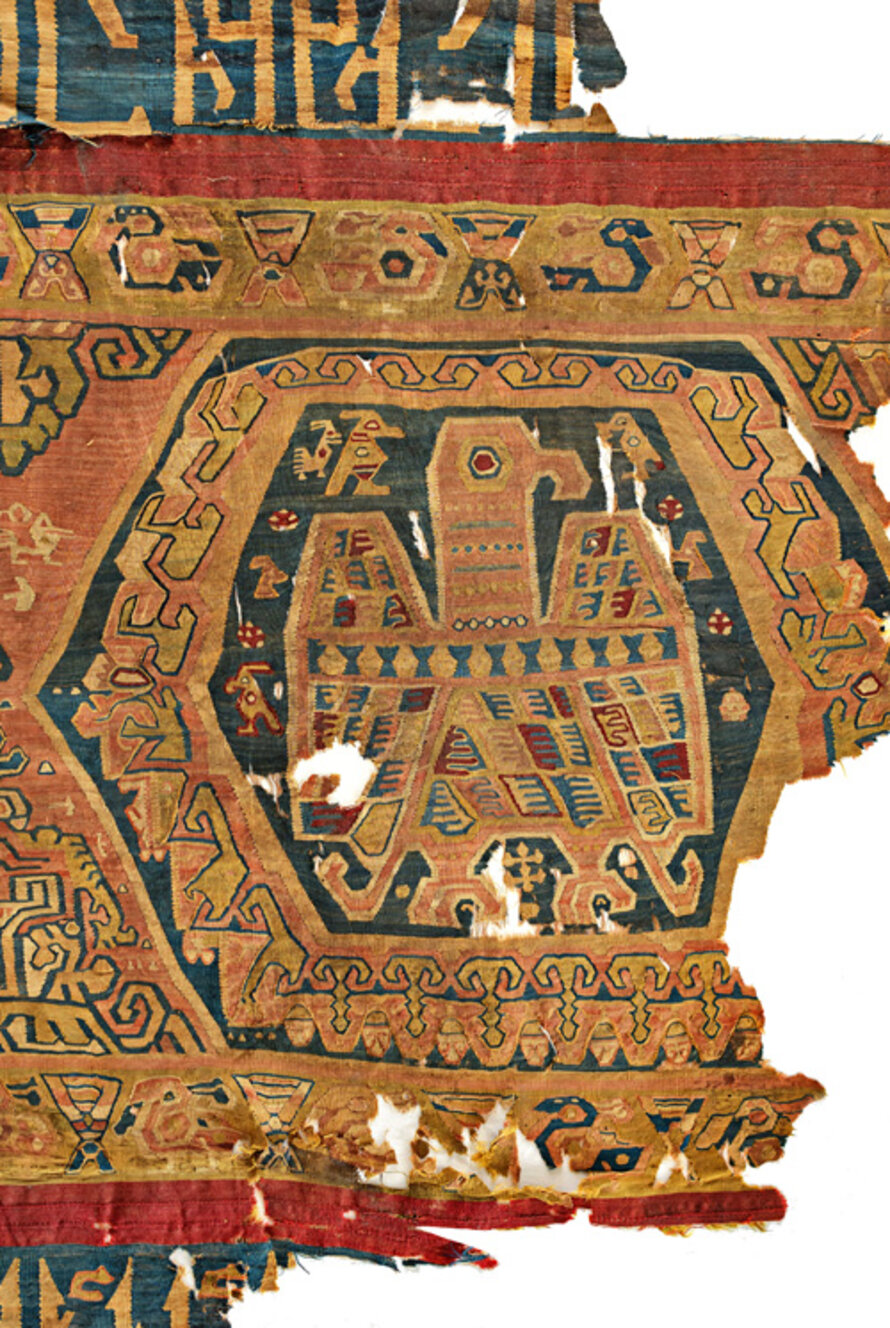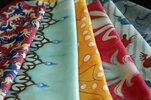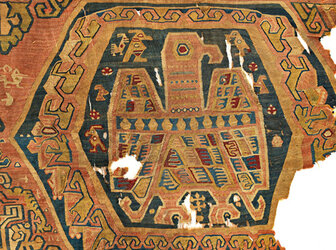Textile from Georgia
‘Textile from Georgia’ is one of the first projects implemented in the Caucasus region that aims to revive the old creative culture of the country, not only for artistic and esthetic values, but also for practical importance, in order to introduce old, historical garments to ...
Read more
Project details
Description:
‘Textile from Georgia’ is one of the first projects implemented in the Caucasus region that aims to revive the old creative culture of the country, not only for artistic and esthetic values, but also for practical importance, in order to introduce old, historical garments to modern society. To fulfill the goal, visual and textual materials of Georgian textile were acquired from the oldest churches, monasteries, museums and archives of Georgia; then, based on scientific research, the resurrection of the old national textile was implemented. A group of scientists and artists took part in nationwide expeditions to explore historical fabrics, using frescoes, ancient manuscripts and miniatures to recreate the clothes of the Georgian kings, queens and noblemen. The garments were investigated in detail and afterwards, according to the same techniques existing centuries ago (shibori, hand-printing and batik), graphic copies of old VIII-XIX cc. textiles were transferred onto material used in the modern world. Following detailed analysis of manuscripts, literature and historical sources, the history of Georgian textile, its development and structure were mastered and, while restoring old royal fabrics in the modern era, the historical characteristics were kept. Consisting of unique fabric samples from the VIII-XIX cc., more than 200 frescoes and 300 textile types, the first attempt to create a bilingual encyclopedic work on Georgian historical textile has now been implemented successfully.






